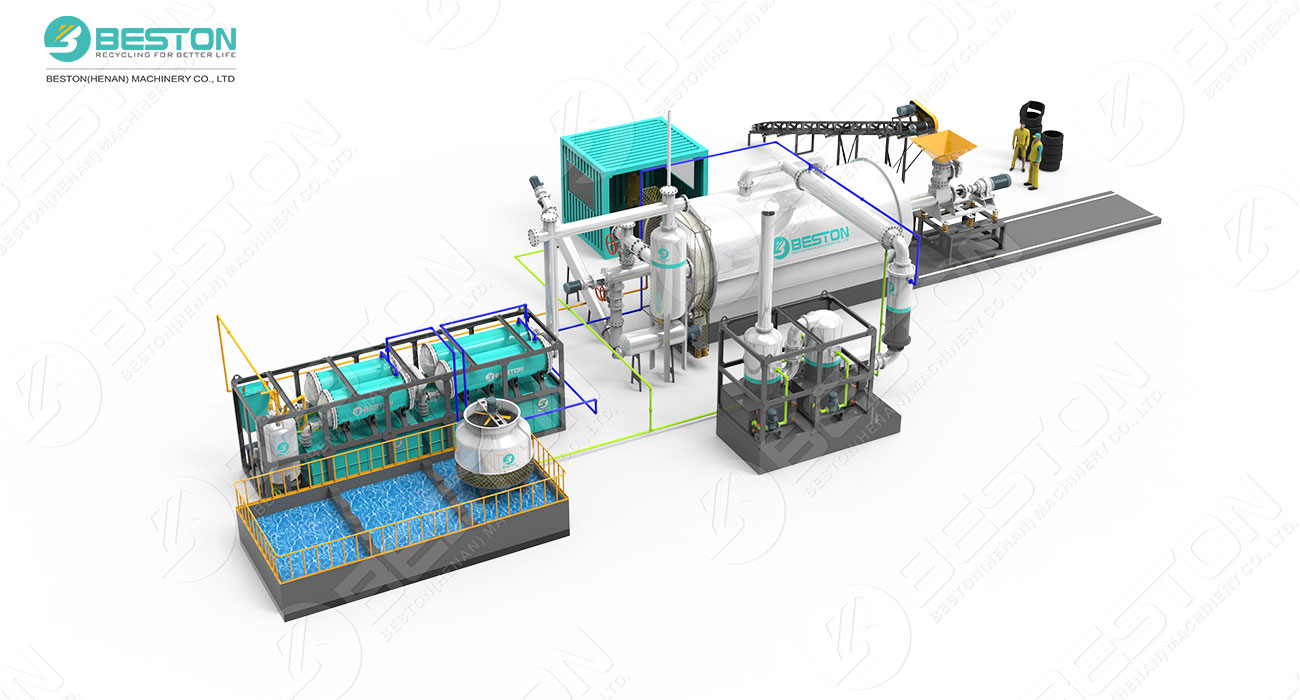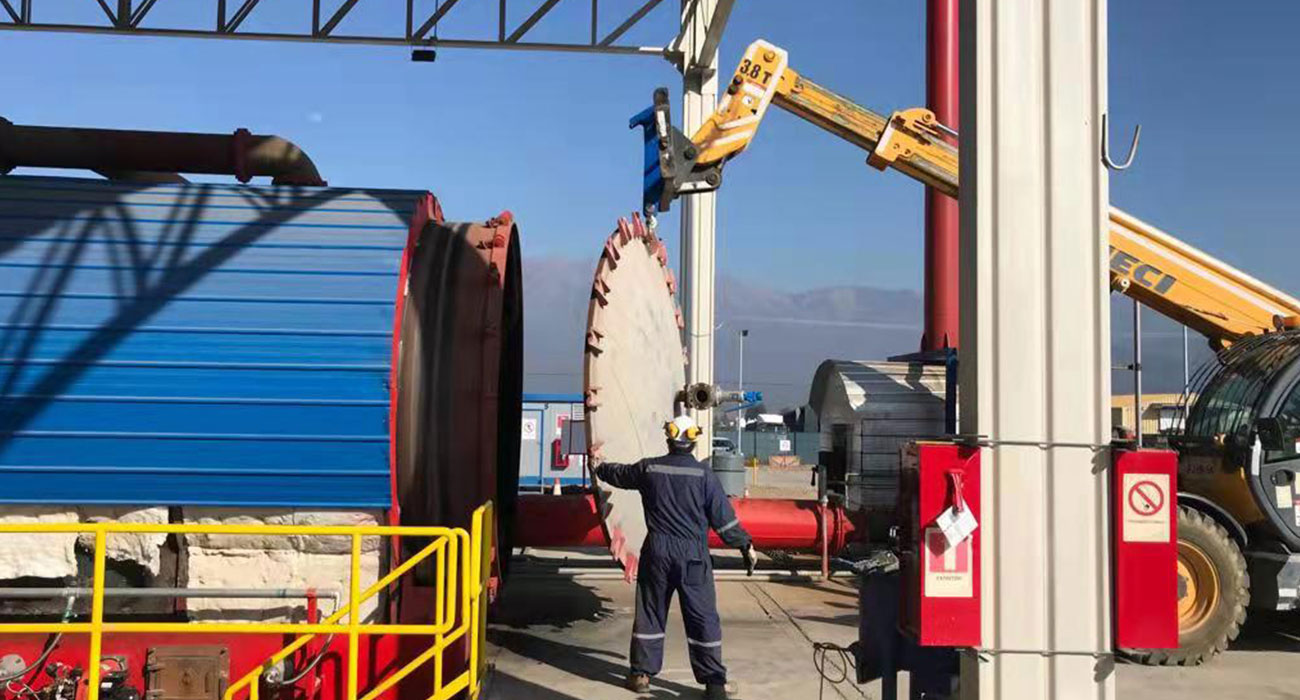According to reputable sources the United States disposes of around 279 million tires each year. Of course, that number might not be matched by Mexico, but it does provide an indication of how challenging disposal of these waste tires can be.
The problem of landfills becoming overburdened by waste tires is a serious one. Not only are appropriate sites for disposal becoming less and less widely available, but these dumped tires can cause enormous environmental damage as they biodegrade and compounds in the rugger leach into groundwater.
Fortunately, there have been a number of advances in breaking down these waste tires and producing petroleum-based products for use in industry and elsewhere.

Pyrolysis
The most important process in recycling these waste tires is pyrolysis (venta de máquina de pirólisis). This is a multistage industrial process that has a number of steps that must be taken in order to ensure maximum production of the biofuels that are the end result of the pyrolysis process.
Pyrolysis is a thermochemical process that involves heating the tire components to a temperature of 450 degrees. Heating the waste tires to this temperature produces no carbon emissions. This is in direct contrast to another option for dealing with waste tires – incineration. The result of the pyrolysis process (that takes place after the tires have been shredded to reduce them to manageably sized granules) is the separation of the metal components of the tires from the rubber. This metal is then resold. The process also isolates the carbon black used in the manufacture (Máquina de Beston Group China) of tires – which is also sold back to manufacturers.

However, perhaps the most important of the products that are derived from the pyrolysis process is biofuel. The biofuel is produced after the rubber has been transformed into a gas and allowed to cool into liquid form.
There are a number of pieces of equipment that are required by those who wish to explore the business potential of pyrolysis in Mexico. Waste Tire pyrolysis plants are available in two variants in Mexico. These are the Continuous feed system, and the Batch pyrolysis plant (pirólisis de llantas). The continuous waste pyrolysis plant can be operated on-site 24 hours a day due to the fact that it will have on-site access to raw materials. The batch pyrolysis plant must go through the process of right-sizing the raw material (shredding), then feeding it into the furnace, achieving the ideal temperature, cooling gaseous oil into fuel oil, and finally, the pyrolysis reactor is cooled (and the by-product of carbon black extracted). Each stage of the process must be started up when the previous stage is complete.
Continuous vs Batch Pyrolysis Plants
Continuous pyrolysis plants can use raw materials like tires, rubber, and plastics, whereas Batch pyrolysis machines can cope with a wider variety of raw materials including whole tire or waste plastic. When using a Batch-type plant the raw material does not have to be as meticulously prepared as the material used in Continuous plants. This makes the Batch pyrolysis plant (https://www.bestoneco.com/instalacion-la-planta-de-pirolisis-en-chile/) ideal for businesses that do not have access to a continuous supply of a single raw material – and can operate when a new batch of raw material is sourced.
Mexican investors looking for an opportunity for investment in machinery (and a business) that will provide an exceptional return on investment should evaluate pyrolysis plants. Easy access to raw materials and a ready market for products are at the foundation of this growing business.